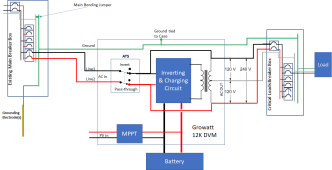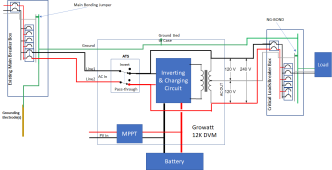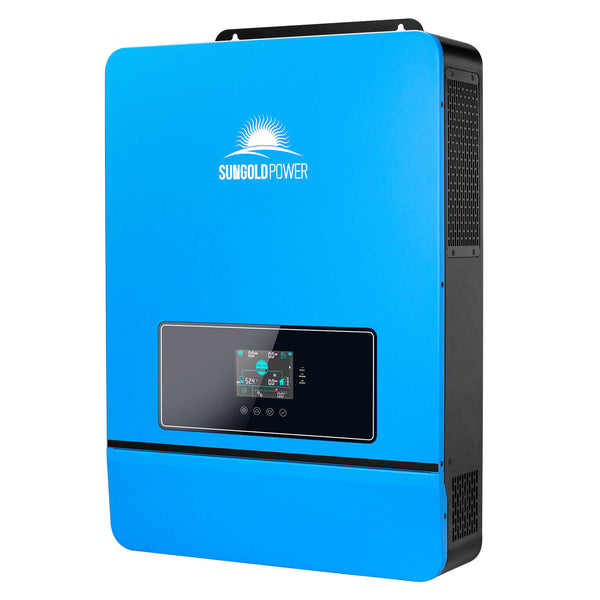automatikdonn
Becoming Offgrid
I am curious about people who have growatt 12k LF inverters. How do you handle the ground / neutral bonding in these units? If they are connected to the grid on L1/L2 and they produce their own neutral - doesn't this break the rules for multiple ground neutral bonds off the same service?
I have no idea how these inverters work, so I am curious.
UPDATE:
I borked this thread by asking about the Growatt 12k. The unit in question is a SunGoldPower 8k UL 1741 model.
The answer to the question is in this post - https://diysolarforum.com/threads/s...ency-inverter-ul1741.50940/page-2#post-652517
These units do not bond the neutral and ground inside of the inverter from my testing. YMMV, please test for yourself. I am not a licensed electrician.
I have no idea how these inverters work, so I am curious.
UPDATE:
I borked this thread by asking about the Growatt 12k. The unit in question is a SunGoldPower 8k UL 1741 model.
The answer to the question is in this post - https://diysolarforum.com/threads/s...ency-inverter-ul1741.50940/page-2#post-652517
These units do not bond the neutral and ground inside of the inverter from my testing. YMMV, please test for yourself. I am not a licensed electrician.
Last edited:








